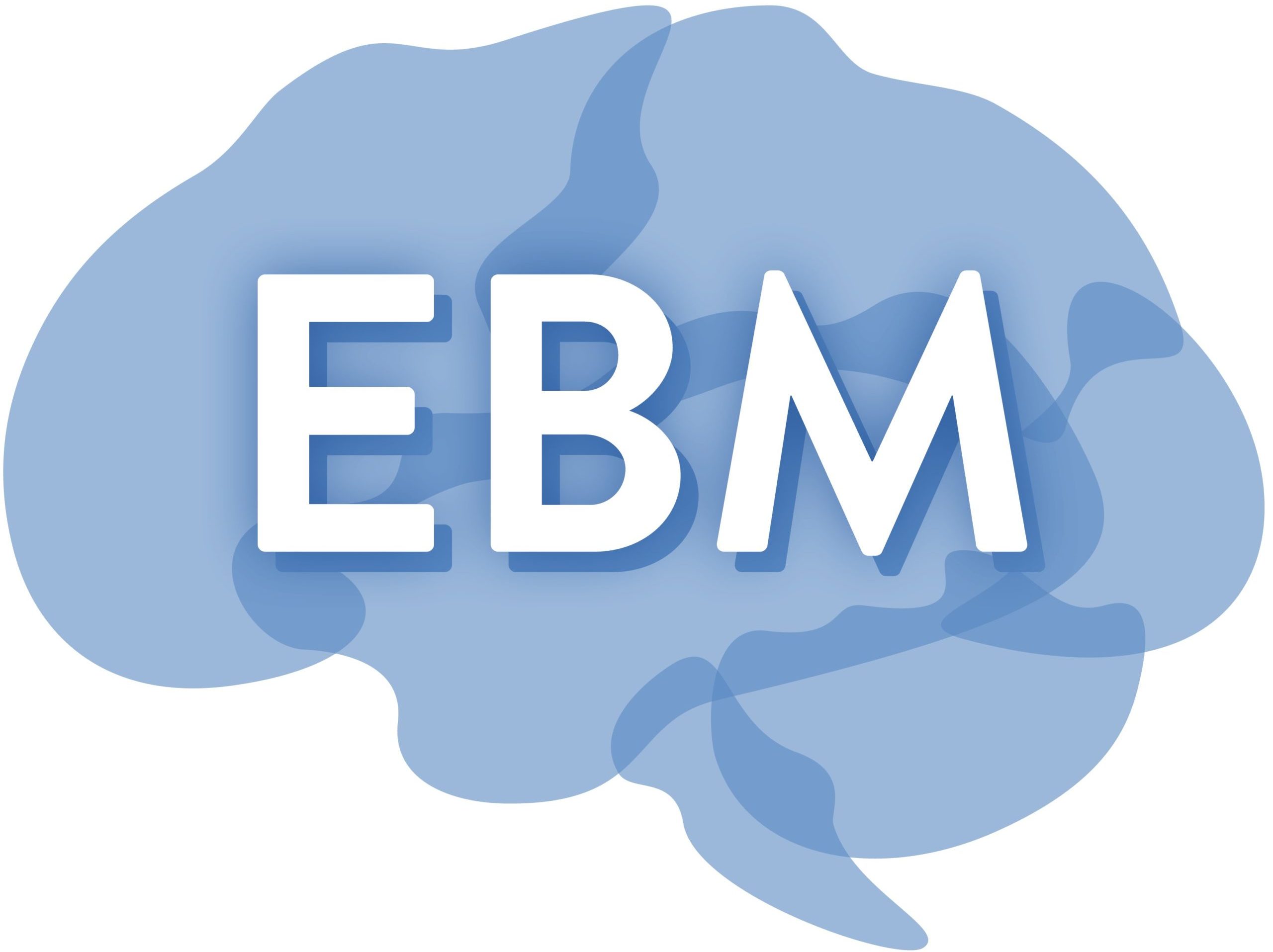A03 In vitro model for the mechanics of early brain development
A03 aims to investigate the interplay of mechanical factors and planar cell polarity (PCP) signaling in early nervous system development in the African Clawed Frog Xenopus laevis. We plan to develop an organoid model of neural plate tissue by replacing the endogenous supporting tissues with engineered substrates from X03 with tunable mechanical properties, such as stiffness and stress relaxation, and functionalisation with extracellular matrix proteins such as fibronectin. These organoids will allow us to systematically vary the mechanical environment of the developing brain and monitor its morphogenesis and patterning in response to these variations. In addition, we will perturb PCP signaling in developing brain organoids and analyze mechanical properties, cell shape, adhesion and migration, tissue geometry as well as gene expression patterns. From this data, we will develop a model, which describes the influence of mechanics on early brain patterning, morphogenesis and differentiation and integrates mechanics and biochemical signals. In this project we aim to provide in-depth characterisation and experimental manipulation of the mechanical environment in early brain development of Xenopus laevis using an organoid model. Further, we intend to connect tissue mechanics and tissue-scale biochemical signaling, specifically planar cell polarity (PCP) signaling. Within the consortium, this project investigates the earliest stages of brain development, which set the basic patterns and morphological structures for subsequent differentiation. Thereby, it closes the gap between tissue specification and differentiation of the more complex structures of the adult brain and provides relevant data for in silico models, e.g. for A01. In addition, the organoid model developed in this project can be utilised to test for early effects of genes or phenomena investigated by other PLs in the consortium. If successful, this project will provide a versatile model system and novel and relevant insights into the cross-talk of tissue mechanics and a highly conserved and broadly relevant biochemical signaling pathway. Deciphering this cross-talk in the early development of the frog brain will generate important insights on the interaction of physical and biochemical cues and furthermore, may reveal basic and conserved mechanisms in tissue development.
Project leader: Prof. Dr. rer. nat. Alexandra Schambony
Positions: 1 doctoral researcher
